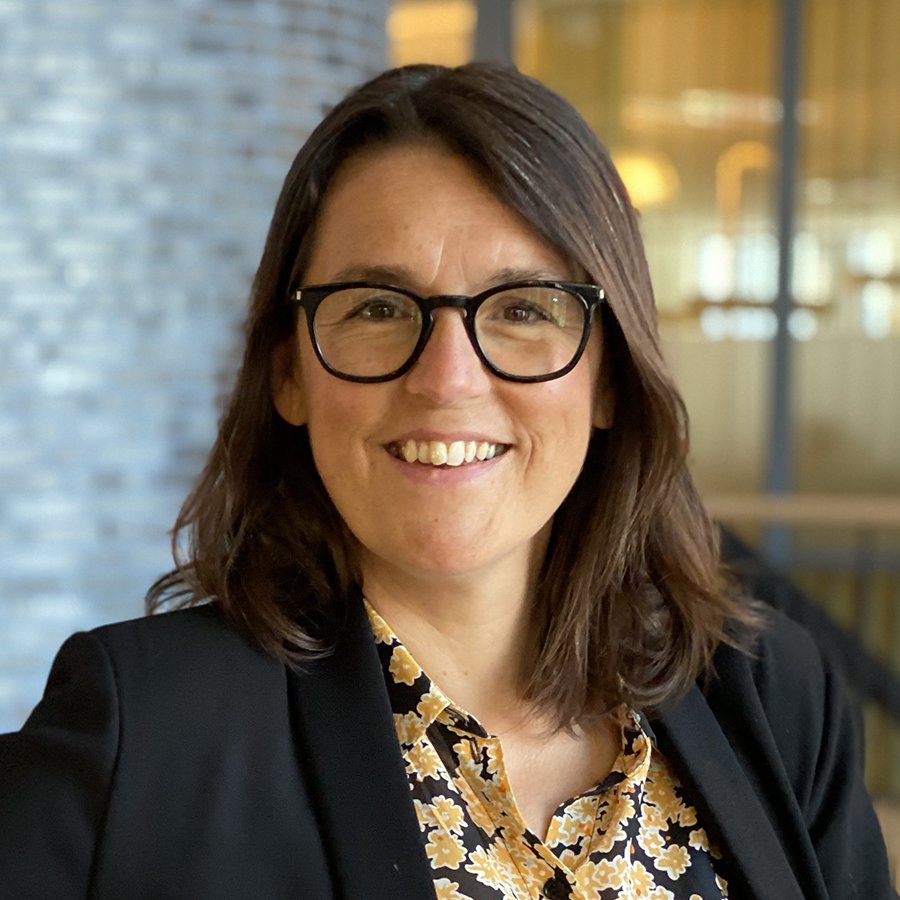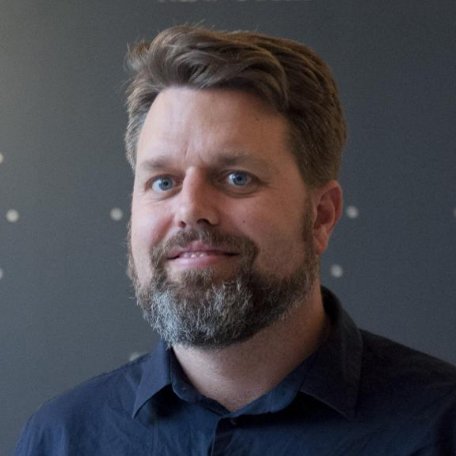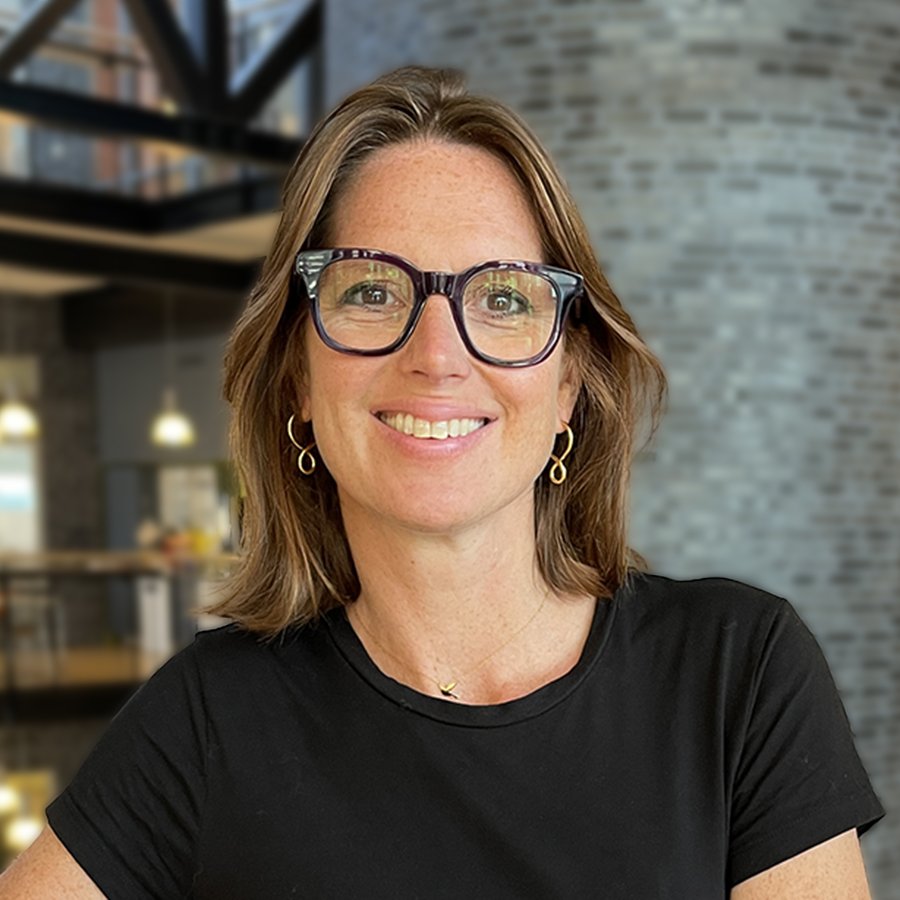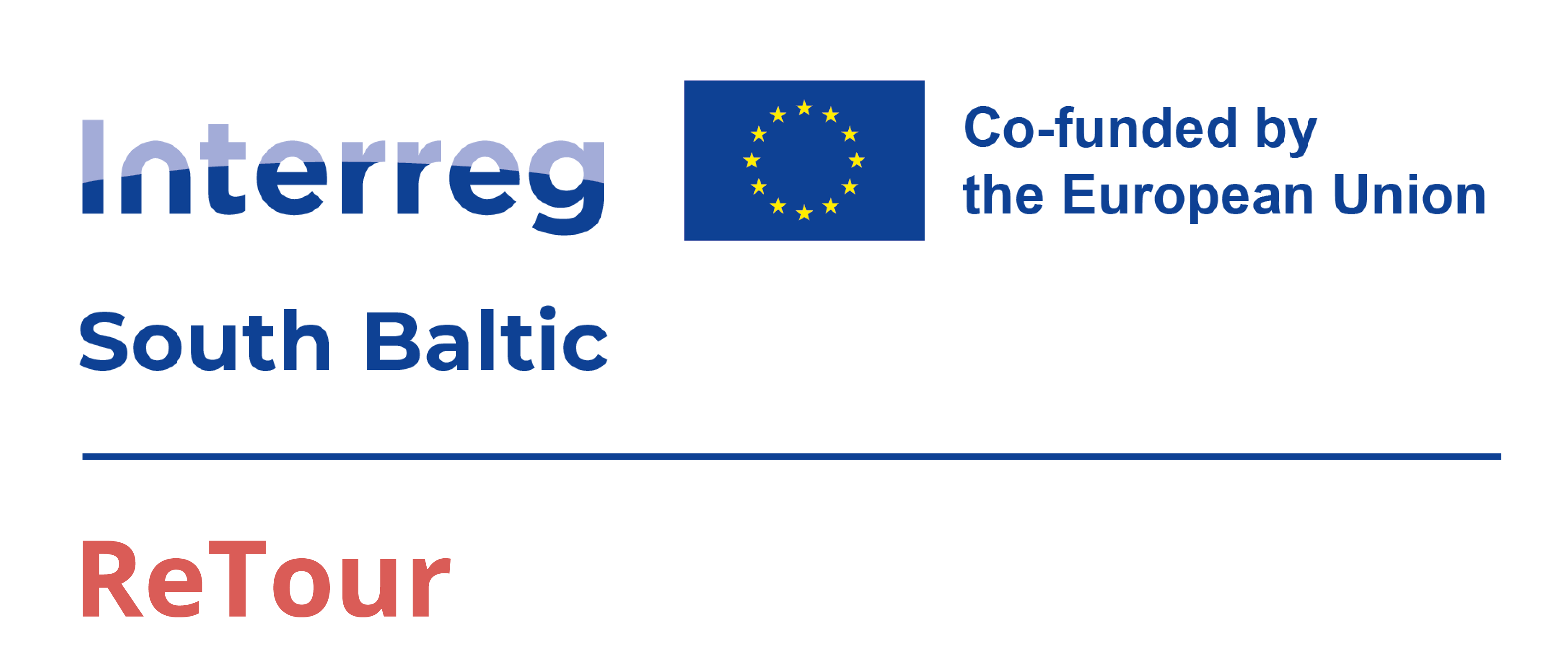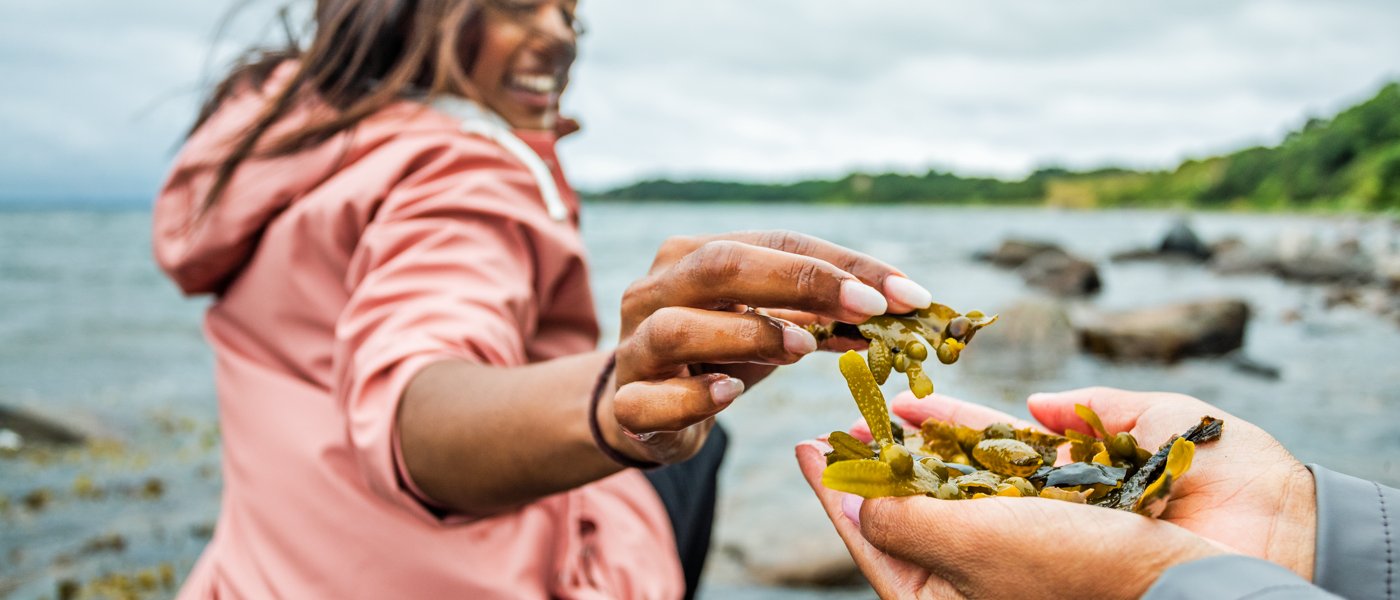
ReTour
The ReTour project, which involves regions around the Baltic Sea, is a three-year collaboration aimed at developing new methods for regenerative tourism.

The project partners will explore, test, and share knowledge with the aim of developing a method for how places can create experiences that contribute to making a better place for both nature and people.
